
Thrombosis can strike suddenly — know the symptoms before it's too late
Thrombosis is a serious medical condition that occurs when a blood clot forms in a blood vessel, obstructing the normal flow of blood through the circulatory system. While it may sound rare, thrombosis is actually a leading cause of death and disability worldwide. What makes it particularly dangerous is that it often strikes without warning. By the time symptoms appear, the consequences can already be life-threatening. This is why understanding the signs and symptoms of thrombosis is crucial — it can truly mean the difference between life and death.
There are two main types of thrombosis: deep vein thrombosis (DVT) and arterial thrombosis. DVT usually occurs in the deep veins of the legs, while arterial thrombosis affects arteries and can lead to heart attacks or strokes. Both types are medical emergencies that require immediate attention.
One of the most common symptoms of DVT is swelling in one leg, typically in the calf or thigh. This swelling is often accompanied by pain or tenderness, which may worsen when standing or walking. The skin in the affected area may also become warm, red, or discolored. Many people mistake these signs for a muscle strain or minor injury, but ignoring them can be dangerous. If a DVT is left untreated, the clot can break loose and travel to the lungs, causing a pulmonary embolism — a life-threatening condition.
Pulmonary embolism symptoms include sudden shortness of breath, chest pain that may worsen when breathing in, rapid heartbeat, and coughing up blood. These signs require urgent medical care. Unfortunately, because these symptoms can mimic those of other conditions, such as a heart attack or panic attack, they are sometimes misdiagnosed or ignored.
Arterial thrombosis is no less severe. When a clot forms in an artery, it can block blood flow to vital organs. If this occurs in the heart, it causes a heart attack; in the brain, it causes a stroke. Symptoms of arterial thrombosis can vary depending on the organ affected, but common signs include sudden numbness or weakness in the face or limbs, difficulty speaking or understanding speech, loss of balance or coordination, and severe headache with no known cause. Immediate medical intervention is essential in these cases to prevent permanent damage or death./assets/images/provider/photos/2693537.jpg)
Several risk factors increase the likelihood of developing thrombosis. These include prolonged immobility (such as during long flights or hospital stays), smoking, obesity, certain medical conditions like cancer or autoimmune disorders, pregnancy, and genetic blood clotting disorders. People over the age of 60 and those with a family history of clotting problems are also at greater risk.
The good news is that thrombosis can often be prevented. Staying active, maintaining a healthy weight, drinking plenty of water, and avoiding smoking are all effective ways to reduce your risk. For those with higher risk factors, doctors may prescribe blood thinners or recommend compression stockings to improve circulation.
In conclusion, thrombosis is a silent threat that can strike suddenly and without warning. However, being informed about the symptoms — and taking them seriously — can save lives. If you or someone you know experiences signs of swelling, pain in the leg, sudden chest pain, difficulty breathing, or stroke-like symptoms, seek medical help immediately. Recognizing the warning signs of thrombosis early gives you the best chance of effective treatment and recovery. Don’t wait until it’s too late — your awareness could be the key to survival.
News in the same category

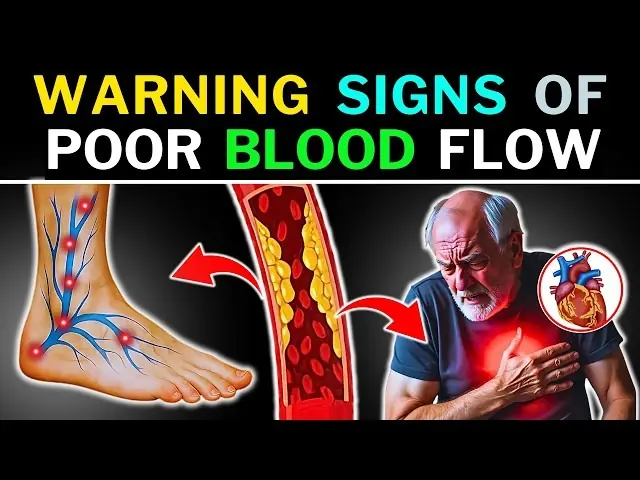
WARNING SIGNS OF POOR BLOOD CIRCULATION THAT MOST PEOPLE OVERLOOK AND HOW TO SPOT THEM EARLY

Secret that Dentists don't want you to know: Remove Tartar and Teeth Whitening in just 2 minutes
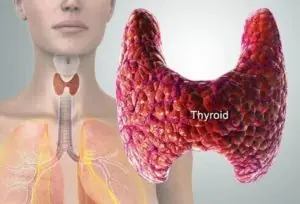
The #1 Enemy of Your Thyroid: Stop Eating This Food Immediately!

7 Warning Signs of a Heart Attack You Can Spot Up to a Month Before—And the One Deadly Sign You Must Never Ignore

This Food Helps Activate Your Body’s Stem Cells So It Can Repair Itself Naturally

These 4 Herbs Can Protect Your Brain From Alzheimer’s, Depression, Anxiety & Much More

Hidden Signs Constipation Is Affecting Your Whole Body

Doctor has message for anyone who takes collagen

Remove one item from your home to live longer, says a 92-year-old cardiologist
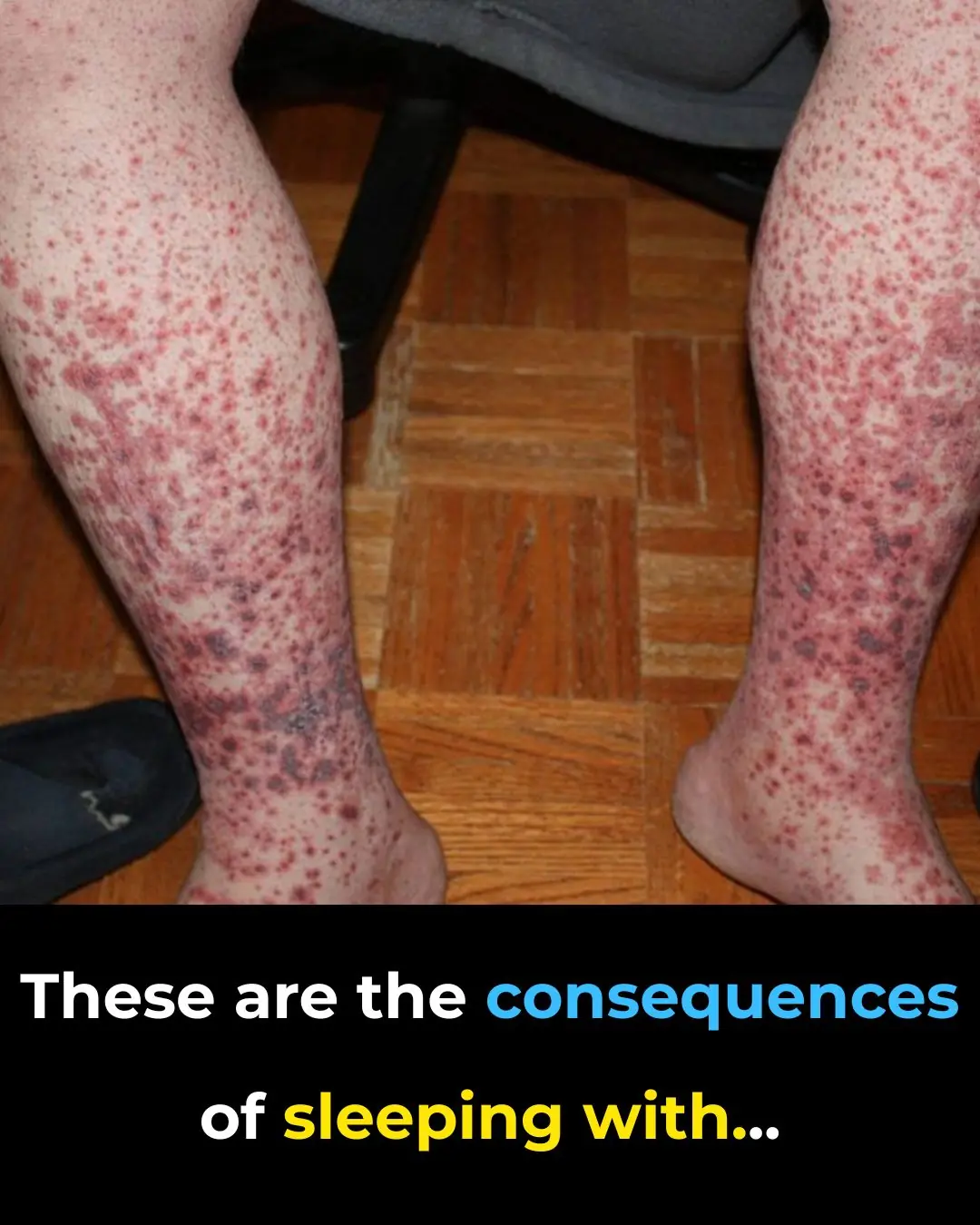
The Hidden Costs of Sleeping with the Wrong Person: What You Need to Know
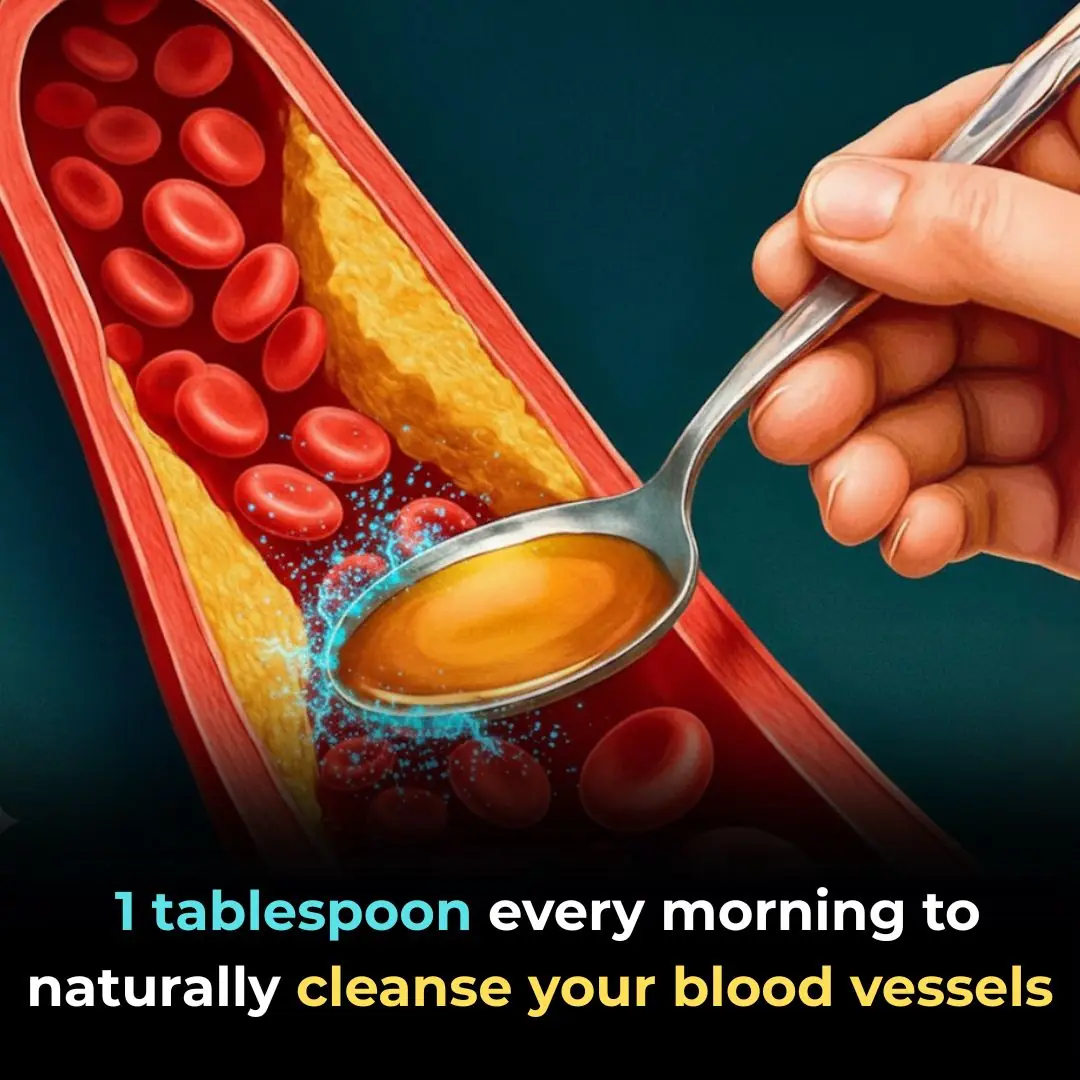
Clean Your Blood Vessels Naturally
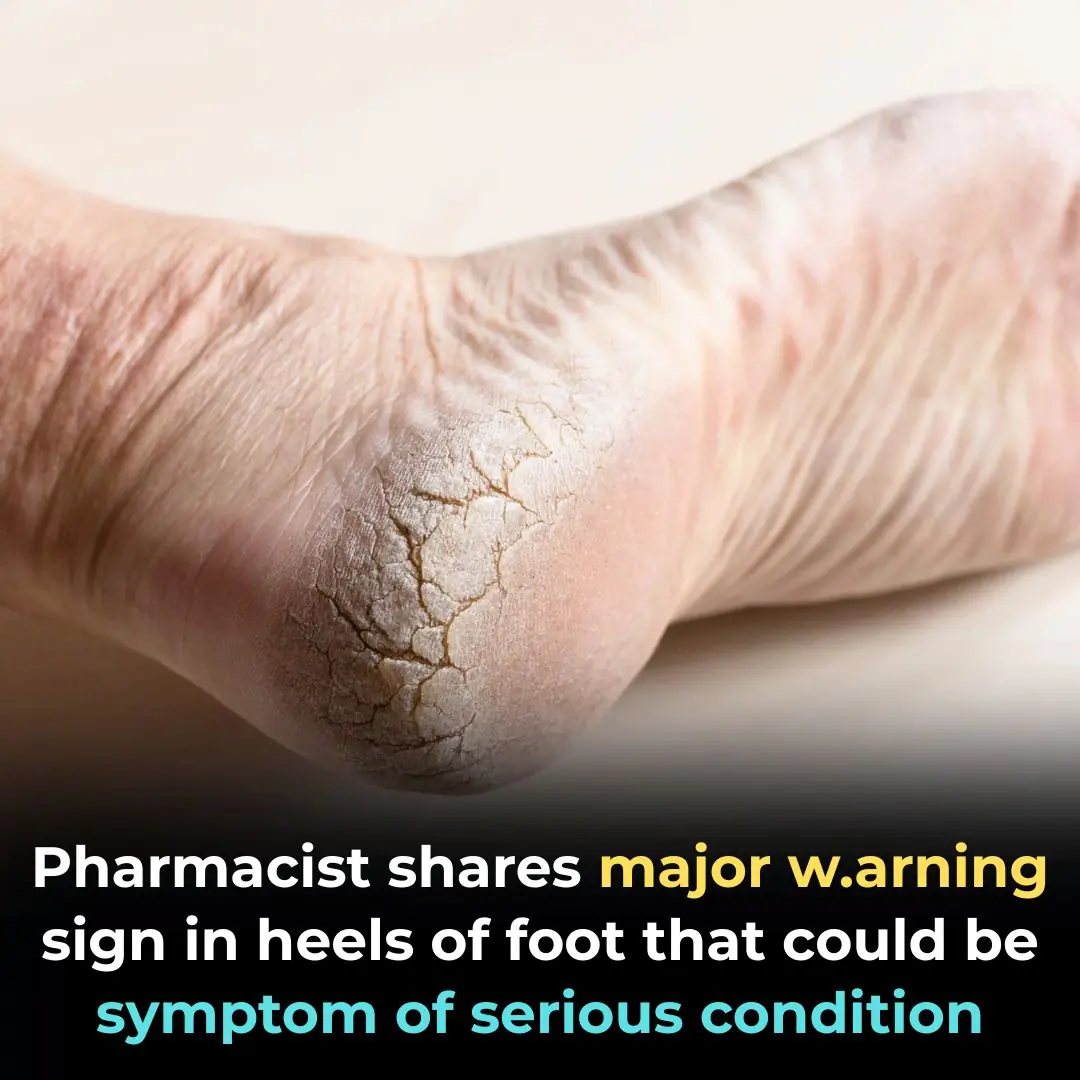
Cracked Heels Could Be a Warning Sign
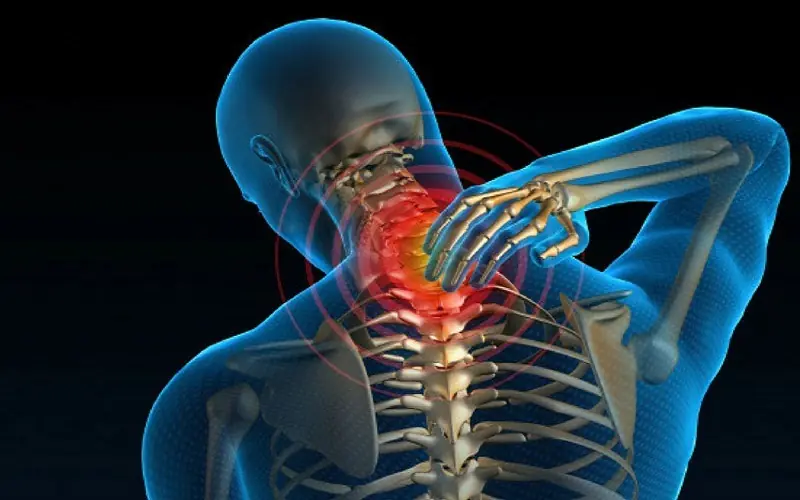
SEVEN TYPES OF PAIN THAT SIGNAL MAJOR RED FLAGS FOR YOUR HEALTH

This Is What Happens to Your Body When You Add Turmeric to Your Daily Diet, According to Science
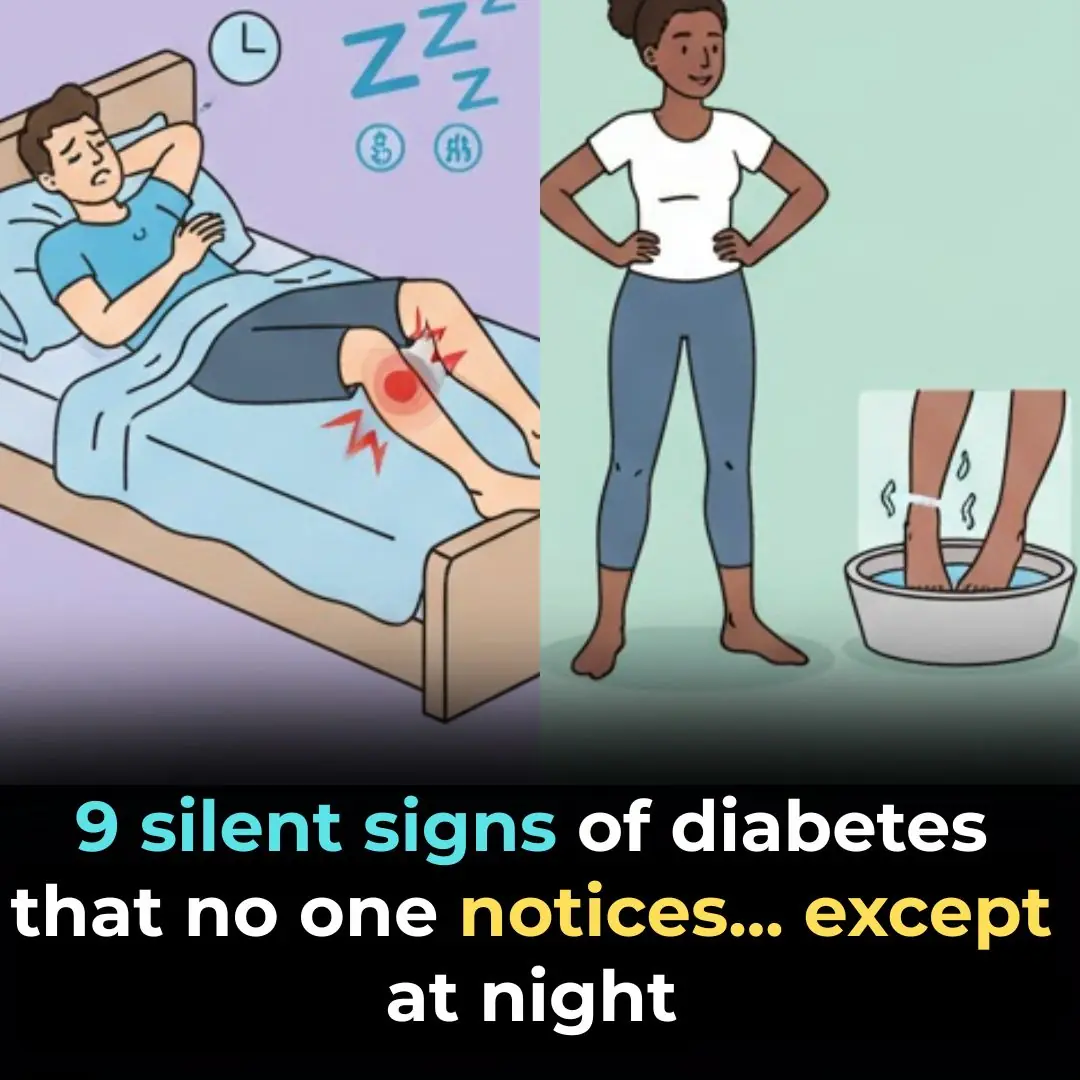
9 Signs of Diabetes That Appear at Night: What You Need to Know!
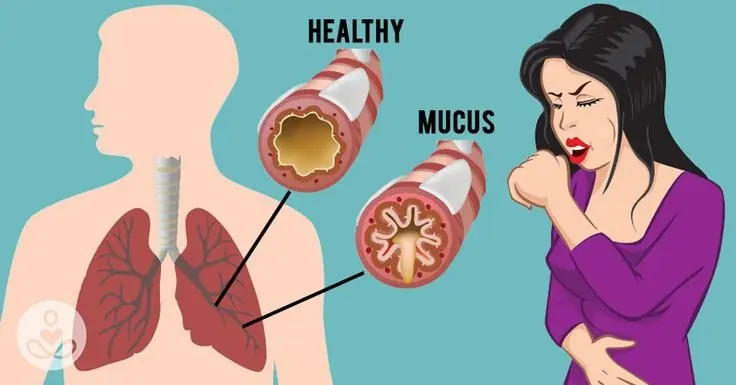
Flush Mucus From Your Body With These Highly Effective Home Treatments

Doctors Warn: These 14 Signs Mean You’re Low on Magnesium
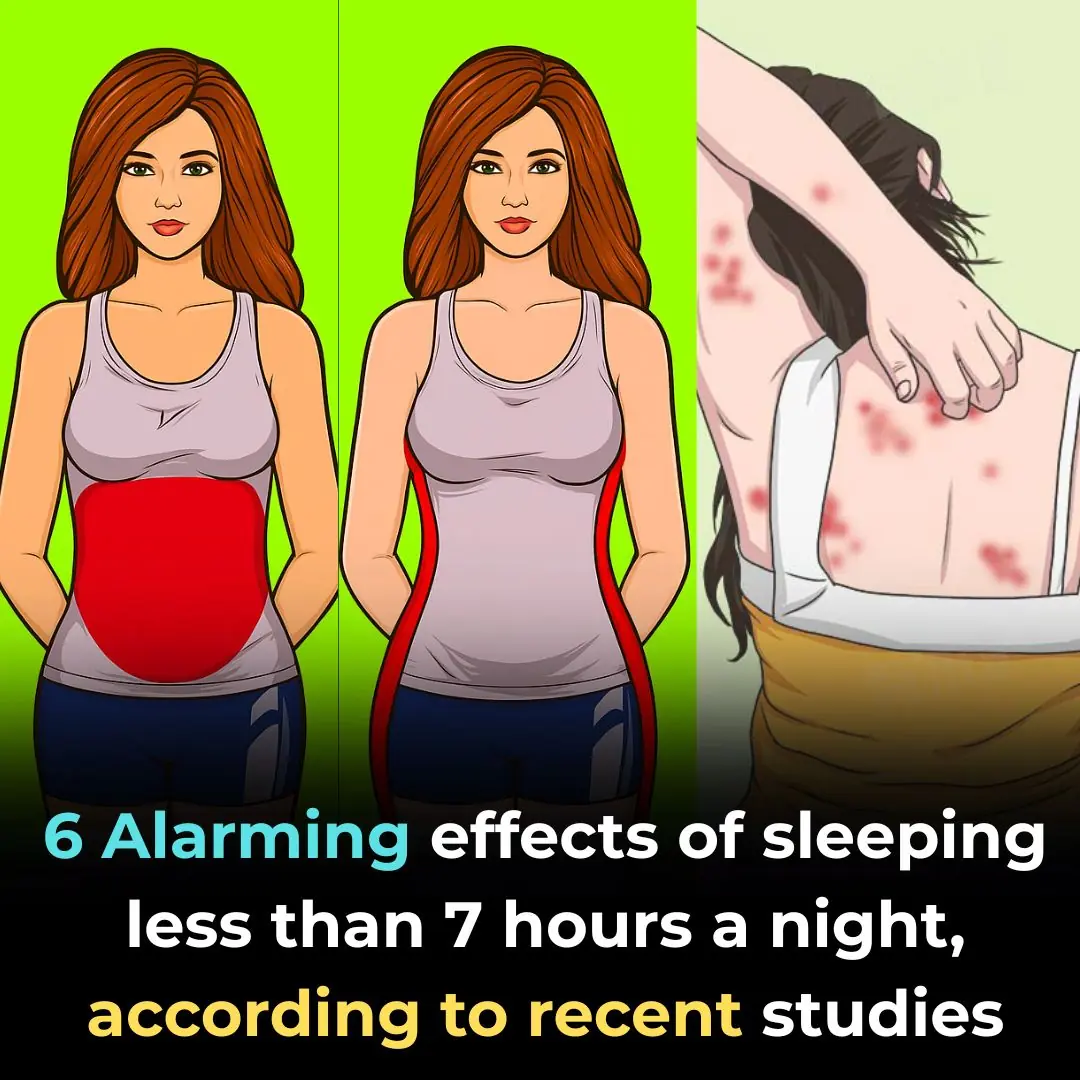
Sleeping Naked: 8 Surprising Benefits
News Post
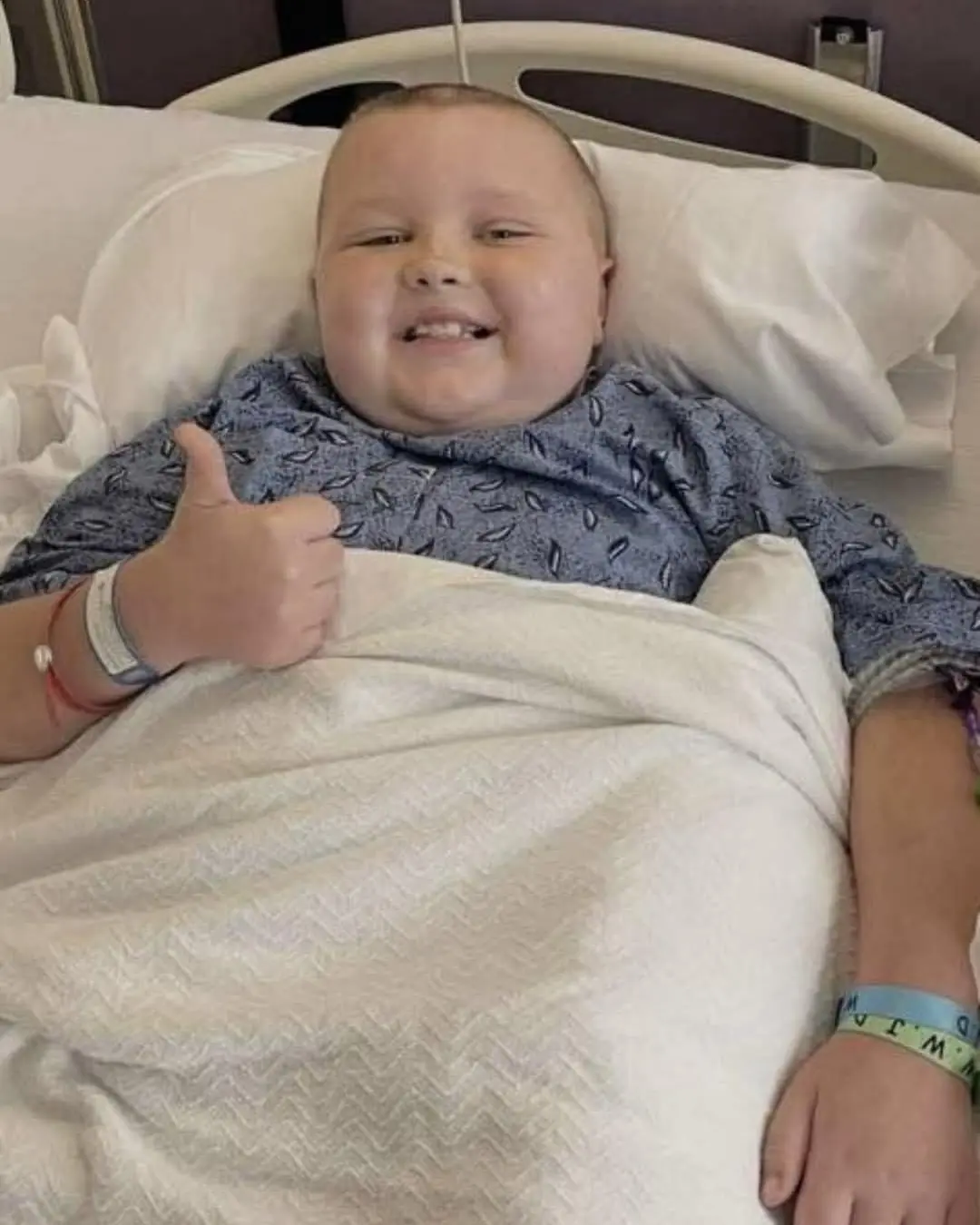
A Triumph of Hope: Chance's Battle Against Leukemia and His Journey to Freedom

The Woman and the Tortoise Who Grew Old Together.

The Man Who Plowed with One Hand and Rocked a Child with the Other.

The Woman the World Forgot — and the Words That Refused to Die.

Nelson Story: The Cowboy Who Built a Legacy.

The Guardian with Four Paws.

The Girl Who Came Back After 15 Months.

A Mother’s Courage: The Elephant Rescue in the Ewaso Nyiro River.

The Day Hope Returned: A Family’s Rescue of a Dying Sea Turtle.
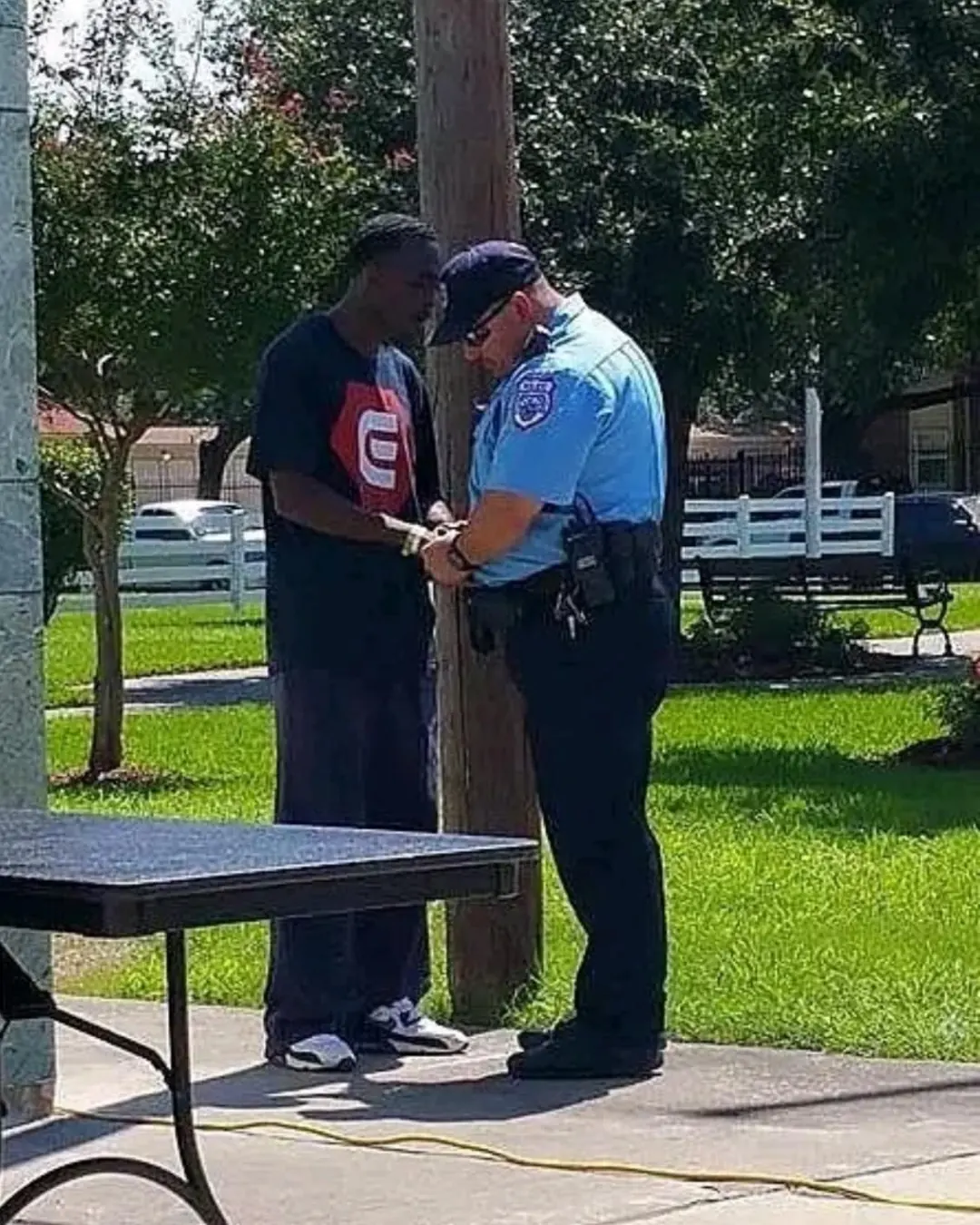
Full Circle of Grace: The Ex-Convict and the Officer Who Arrested Him.

6 Benefits of Eating Garlic Before Bedtime

The Survivor of South Padre Island: A Mother’s Courage Beneath a Broken Shell.

Brown vs. White Eggs: Which Should You Choose?
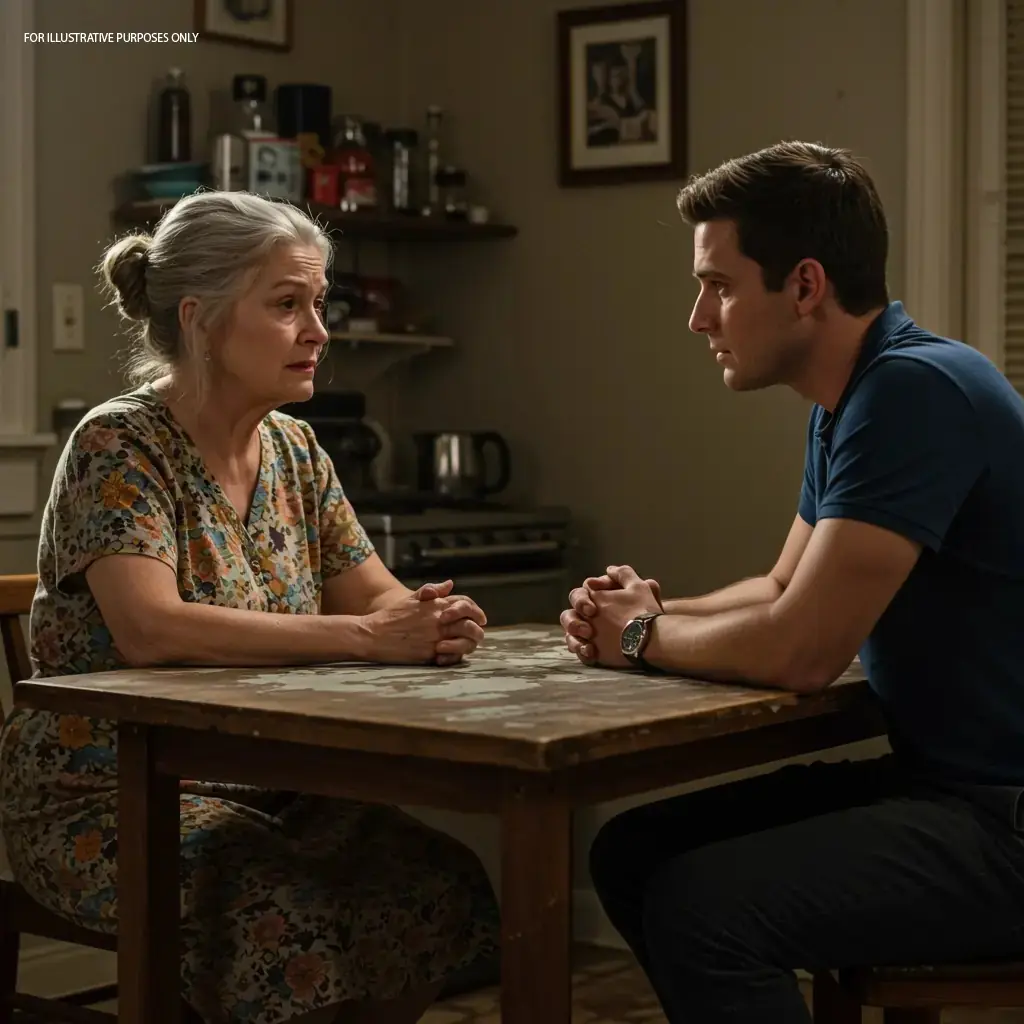
When My Daughter-in-Law Acc used Me of Ru ining Her Marriage, I Had to Make a Hard Choice

I BROKE DOWN SAYING GOODBYE TO MY K-9 PARTNER

I Found Out My Husband Was Secretly Meeting His Ex — And My Daughter Knew Her

This brave woman claims that having a stroke and losing her ability to move below the waist was the best thing that has ever happened to her
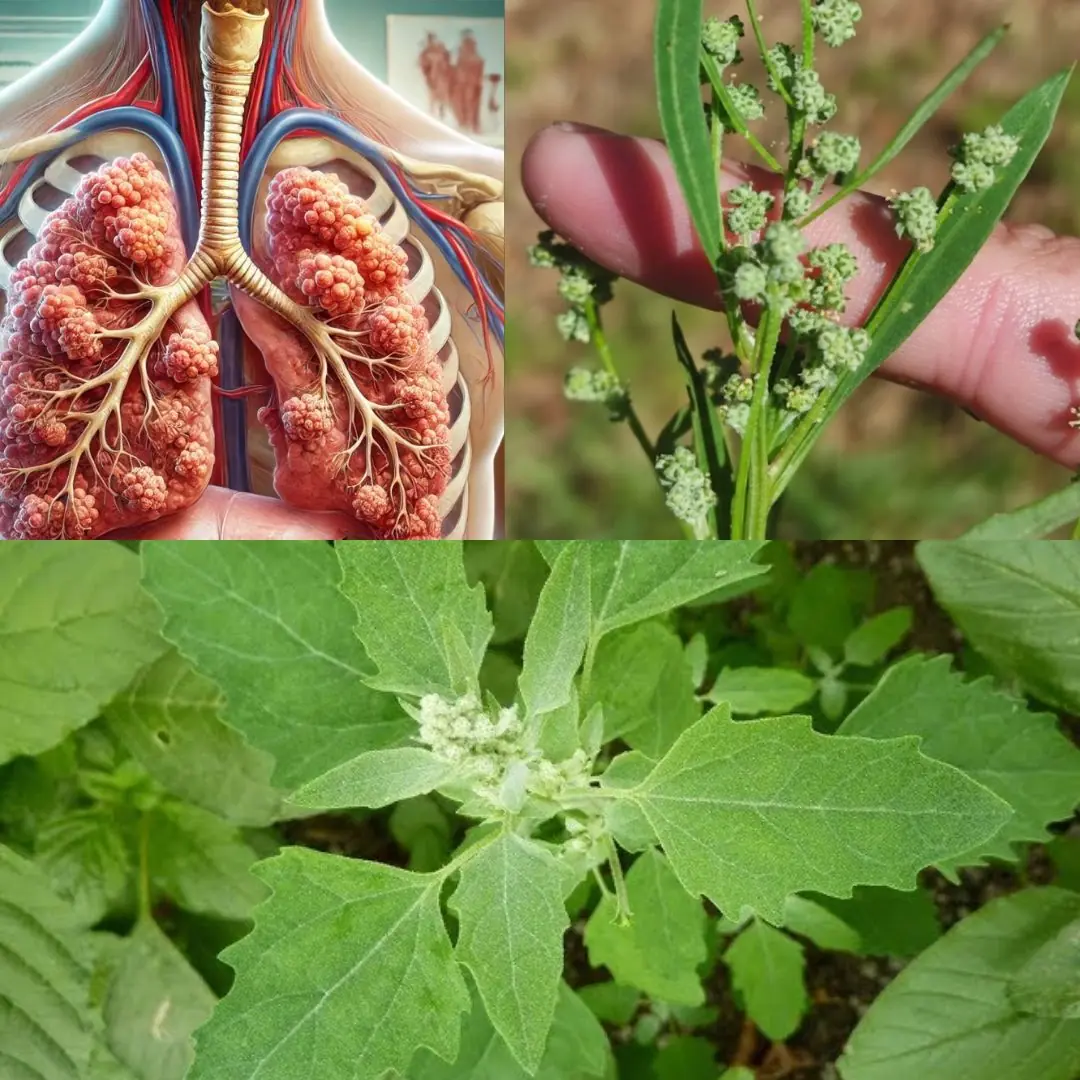
Lamb’s Quarters/Wild Spinach: The Underestimated Superfood with Maximum Health Benefits
